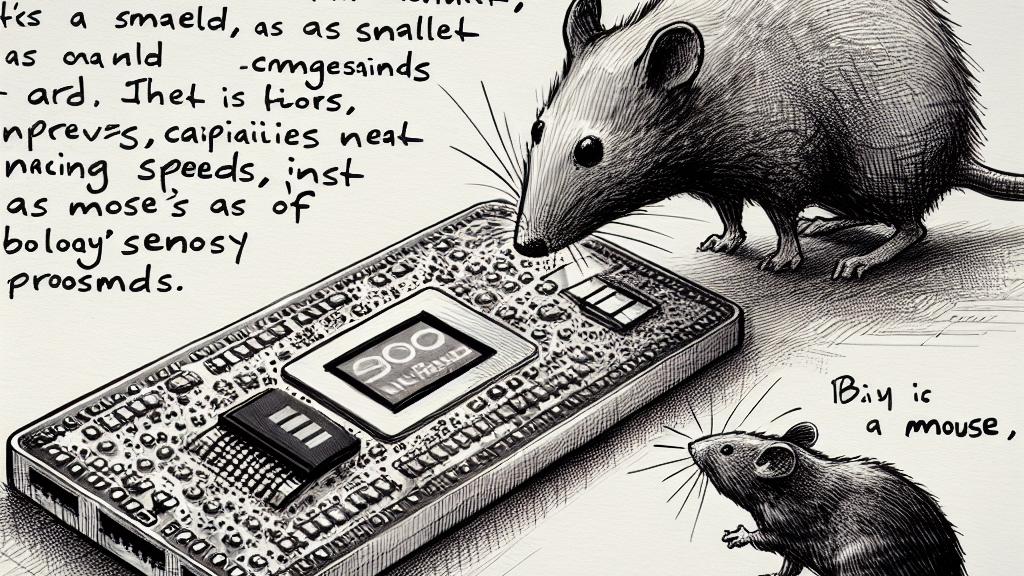Breakthrough in Portable Electronic Nose Technology
Overview
- A pioneering team at the University of Hertfordshire has unveiled a compact electronic nose that can detect odors at lightning speed, surpassing the capabilities of even the most adept rodents.
- This revolutionary device promises transformative applications across various fields, from environmental monitoring to cutting-edge medical diagnostics.
- With its unparalleled efficiency and portability, this electronic nose stands to reshape the landscape of odor detection, paving the way for innovations we have yet to imagine.

A Remarkable UK Innovation
In an exciting breakthrough hailing from the University of Hertfordshire in the UK, researchers have ingeniously developed a pocket-sized electronic nose that detects odors in a mere few milliseconds. This extraordinary contraption, no larger than a credit card, operates at remarkable speeds that match, and in some cases, exceed the olfactory prowess of mice—animals celebrated for their keen sense of smell. Just picture a mouse swiftly distinguishing between various smells, identifying food sources or potential dangers without hesitation. By emulating such finely-tuned biological functions, this electronic nose not only showcases the incredible progress in sensor technology but opens up a world of possibilities that meld biology and robotics in groundbreaking ways.
Expansive Applications Await
The potential applications of this innovative electronic nose are as diverse as they are thrilling. For instance, imagine deploying it in drones to survey gas leaks, promptly identifying harmful emissions in industries—a vital tool for enhancing safety protocols. In the medical arena, envision a scenario where this device could analyze the exhaled breath of patients to detect diseases such as diabetes or even certain types of cancer, providing rapid, non-invasive diagnoses that can significantly enhance patient care. Additionally, it can be instrumental in environmental monitoring, assessing air quality in real-time or locating hazardous pollutants. The versatility of this technology signifies that we are not just looking at an incremental improvement in odor detection; instead, we stand at the cusp of a potential revolution in how we understand and interact with our environment and health.
The Future: Neuromorphic Computing and Beyond
As we peer into the future, the implications of this electronic nose resonate deeply within the realm of neuromorphic computing—a field that seeks to replicate the brain's efficiency in processing information. According to researcher Nik Dennler, integrating this olfactory technology with principles of neuromorphic design could give rise to systems capable of processing vast amounts of data with astonishing speed and minimal energy consumption. Imagine intelligent robotic systems that continuously adapt their behavior based on real-time sensory input, mirroring the capabilities of biological organisms. This convergence of technology offers not just intriguing possibilities for robotics and artificial intelligence but also promises vast improvements in various sectors, including environmental conservation and healthcare. Essentially, the advancement of this tiny electronic nose could herald a new chapter in technology, revolutionizing how we harness sensory information to enhance our lives and sustain our planet.

Loading...